
The OPPO A78 5G is currently the company’s most affordable 5G smartphone, even lower priced than the A74 5G introduced nearly 2 years ago. Though it is indeed economical for a 5G device, has OPPO sacrificed performance and features to achieve faster data speeds?
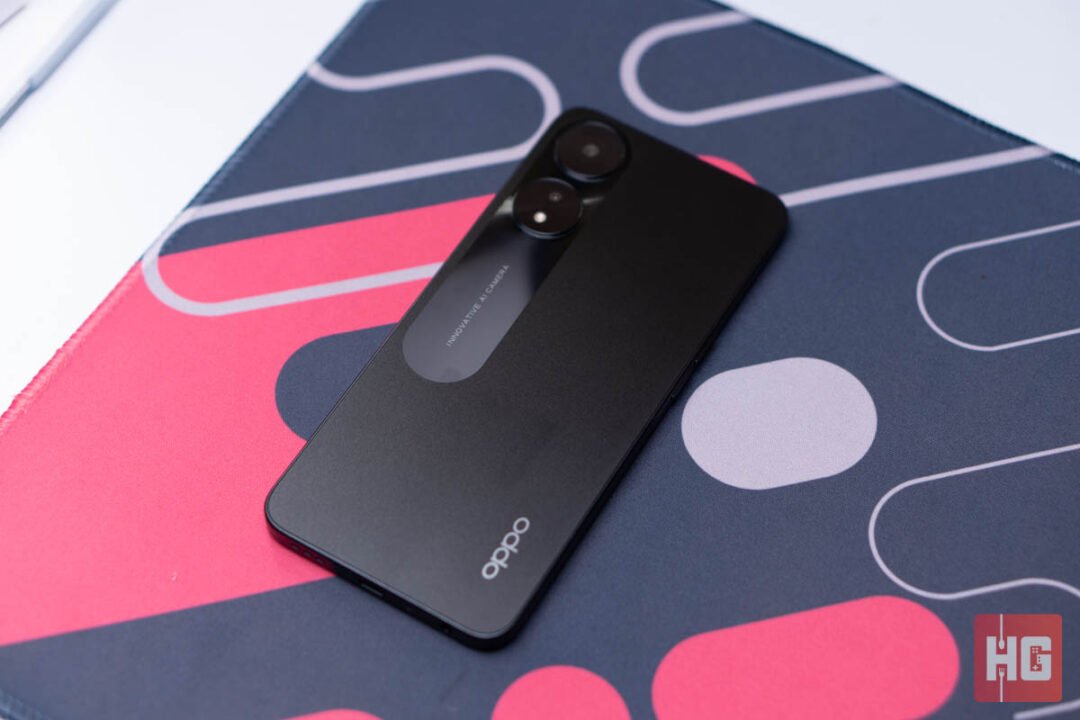
| Chipset | MediaTek Dimensity 700 |
| Screen | 6.56-inch IPS, 1612 x 720, 90Hz |
| RAM | 8GB LPDDR4X |
| OS | Android 13, ColorOS 13 |
| Rear Camera | 50MP f/1.8 Main, 2MP f/2.4 Depth |
| Front Camera | 8MP f/2.0 |
| Storage | 128GB UFS 2.2, MicroSD |
| Network | Dual-SIM, 5G |
| Connectivity | WiFi 802.11ac, Bluetooth 5.3, USB-C, NFC, 3.5mm Audio Jack |
| Battery | 5,000mAh, 33W SuperVOOC |
| Others | Side-Mounted Fingerprint Scanner, Dual Stereo Speakers, IP4X Water Resistance |
| Dimensions | 163.8 x 75.1 x 7.99mm |
| Weight | 188g |
| Colors | Glowing Black, Glowing Purple |
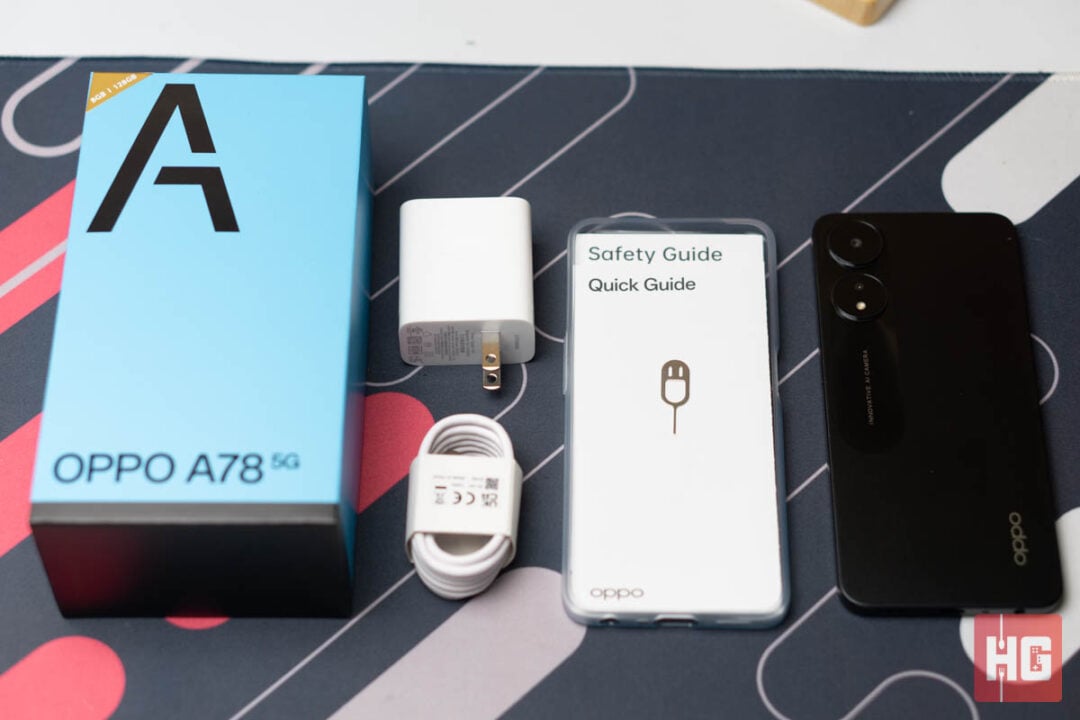
The OPPO A78 5G comes in a blue green box with its name embossed on the box. Its accessories include a silicone case, a USB-A to USB-C cable, a 33W SuperVOOC wall adapter, a SIM ejector pin, and documentation.
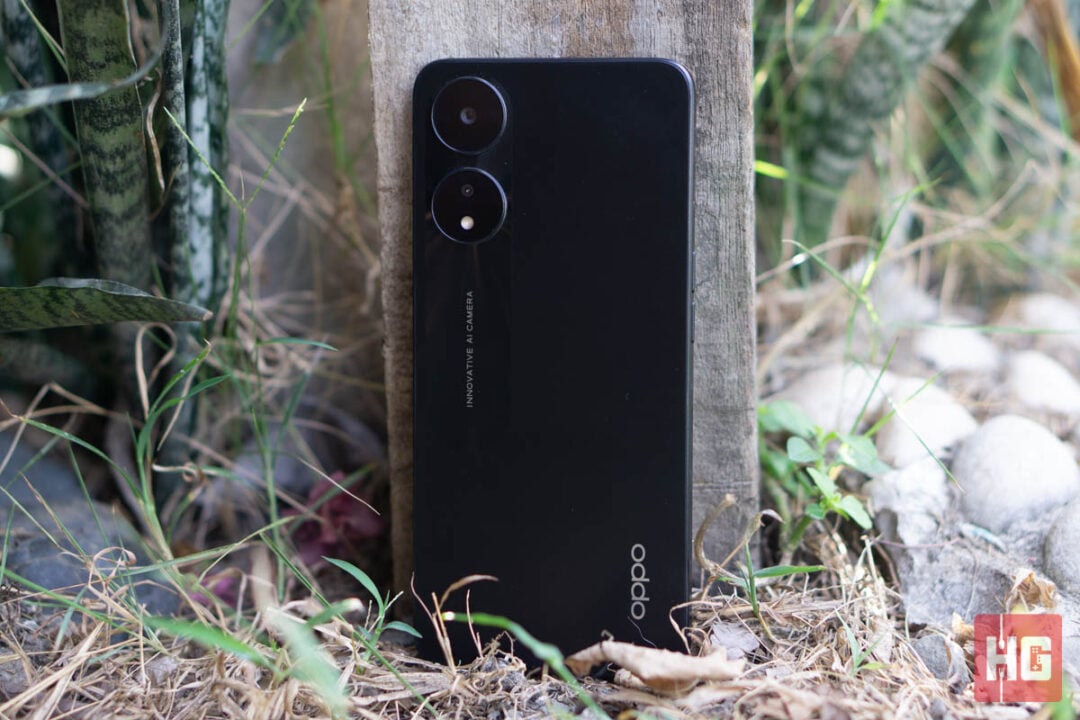
It seems that OPPO is incorporating the same design on their midrange devices. The A78 5G looks eerily close to the Midnight Black variant of the Reno8 T but without a Fiberglass leather option and Breathing Light. Instead, the device is being offered in Glowing Black and Glowing Purple variants, both of which have a plastic chassis.
Most of the rear is matte plastic with a reflective finish that has a “starry” effect when it hits light. The camera platform has a separate glossy finish to make it pop from the back. The build itself is made out of plastic but feels solid in the hand.


Its sides are flat though its corners are rounded to give it better feel in the hand. Its power button is at the right-hand side and is combined with fast and responsive fingerprint scanner. The other side houses its volume rocker and a hybrid SIM card tray, that latter of which can house a two SIM cards or a single SIM card and a MicroSD storage expansion.

Its USB-C port and 3.5mm jack are located at the bottom. We can also see here grilles for its bottom-firing speakers and microphone.
OPPO hasn’t done anything new with the A78 5G when it comes to design but it is a good-looking smartphone albeit its design strays too closely at some of the company’s midrange offerings.

The OPPO A78 5G has 6.56-inch 90Hz display with a waterdrop notch but its resolution is lowered to 1612 x 720 and an IPS panel to make its price point economical. There is a pre-applied screen protector to guard the display though its screen itself has Panda Glass.
The lower resolution means that details are not crisp especially smaller text. The panel also lacks the deep blacks that we have experienced on other smartphones that come with an AMOLED display. Color gamut is pretty wide at around 95.00% when measured.
Colors do pop in most cases but color balance is minutely skewed under Vivid mode with slightly stronger red and blue hues compared to green. Brightness is good at around 417 cd/m2, which should allow seamless use under sunlight or strong backlight sources.

Surprisingly, the A78 5G uses dual stereo speakers – the earpiece and the bottom-firing speaker. Both have even volume and can get loud when maxed out. Audio quality is decent for a midrange device with good vocals and mids but there are some faults. Bass is rather weak and the highs can get tinny once it gets to the higher parts of the volume slider.
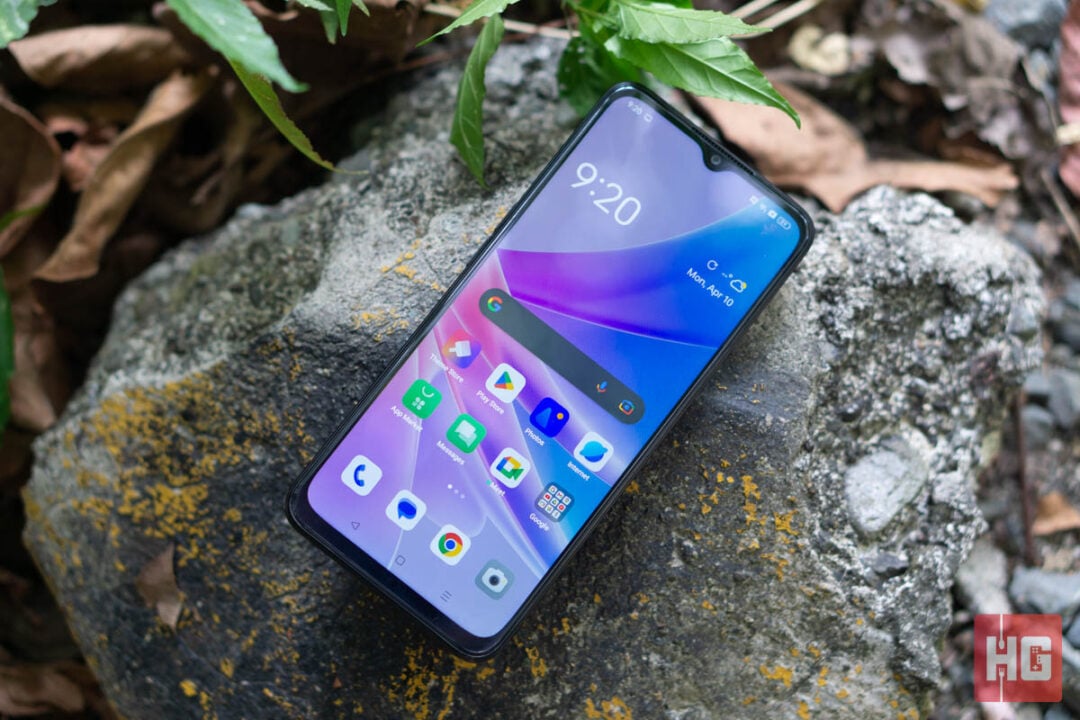
OPPO is not doing anything exceptionally new with the ColorOS 13. It is based on Android 13 so performance, security patches, and base features are automatically used. Everything feels familiar but it is far from the stock Android experience.
The company is pre-installing its own App Market and some bloat on the smartphone that fills some of its internal storage. There are also shortcuts to suggested apps that will redirect you to their app market.
Customization has always been one of the strong points of ColorOS and that doesn’t change this generation. You can adjust the shape of the icons and download customized themes from the market. The command center and notification area do have quite a bit of unused space that could fit in more information.
You also get HyperBoost to easily control performance, RAM optimization, and system notifications while in-game. Smart Sidebar returns to give you quick access to launch apps from a list by just swiping the bar at the top left-hand side.
Auto Pixelate is a key addition within the Photo app on top of the usual editing suite. It enables the smartphone to automatically blur sensitive information on photos. Currently, its auto mode only works on select messaging apps like Messenger and it will only blur out names and profile photos. Photos within the message will not be automatically blurred nor any other sensitive information.
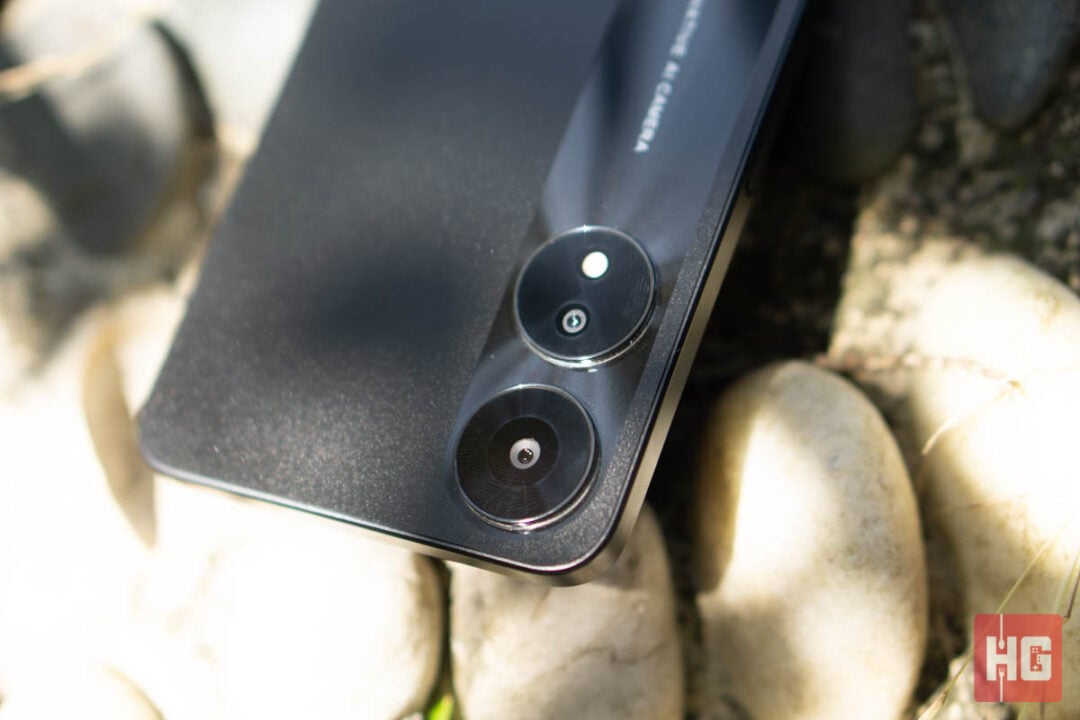
OPPO keeps the camera department of the A78 5G straightforward. At the back is a 50MP f/1.8 main camera and a 2MP f/2.4 depth sensor while at the front is an 8MP f/2.0 selfie camera.
The camera app is simple to use with mode selection handled by swiping through the options. It supports Panorama, Sticker Mode, ExtraHD for the full 50MP, Time Lapse, Slow Motion, Text Scanner, and Pro Mode on top of the usual modes. Both the rear and front cameras support 720p and 1080p videos but framerates are capped to 30fps.
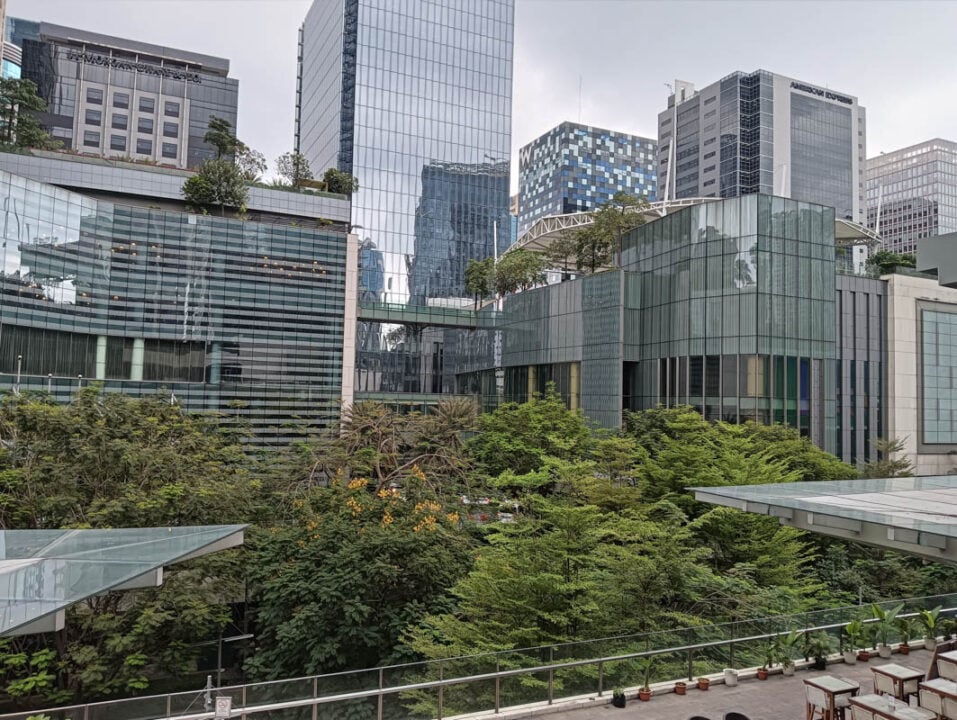
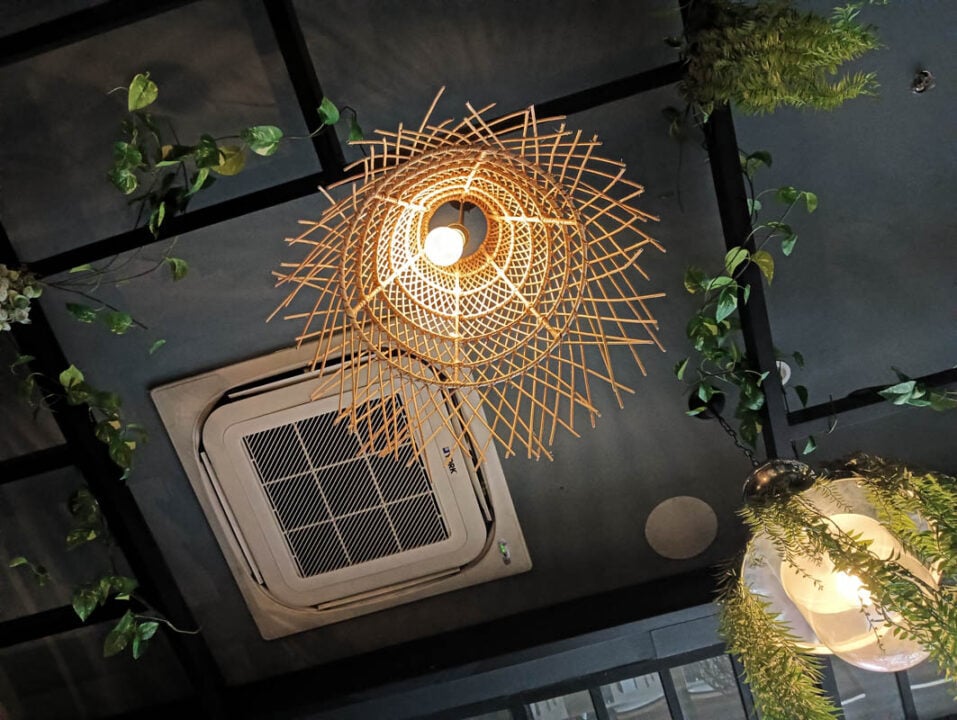


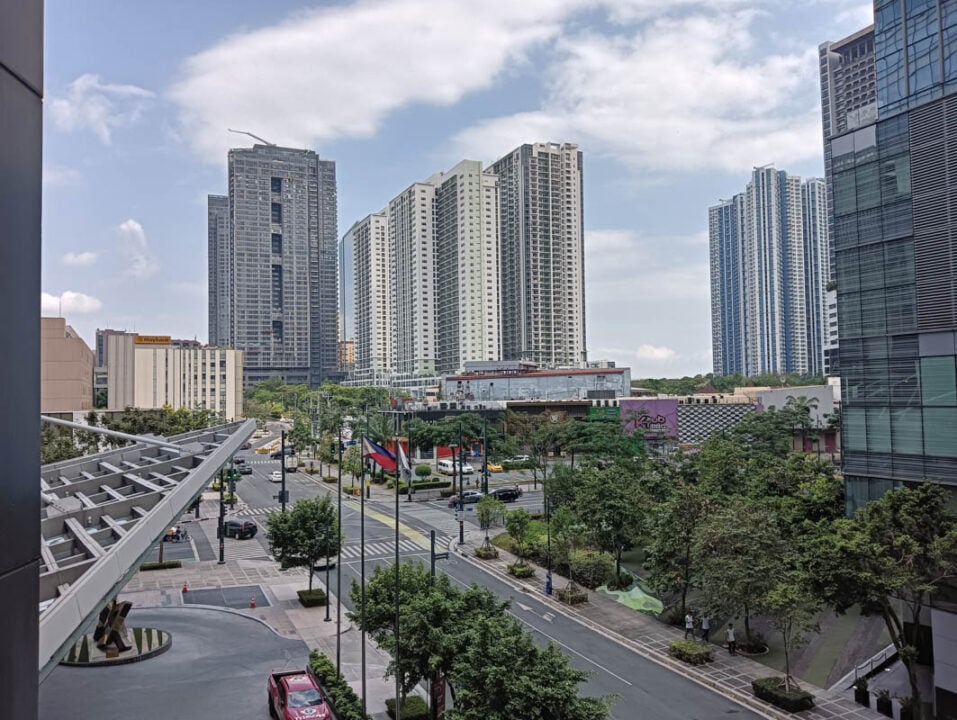
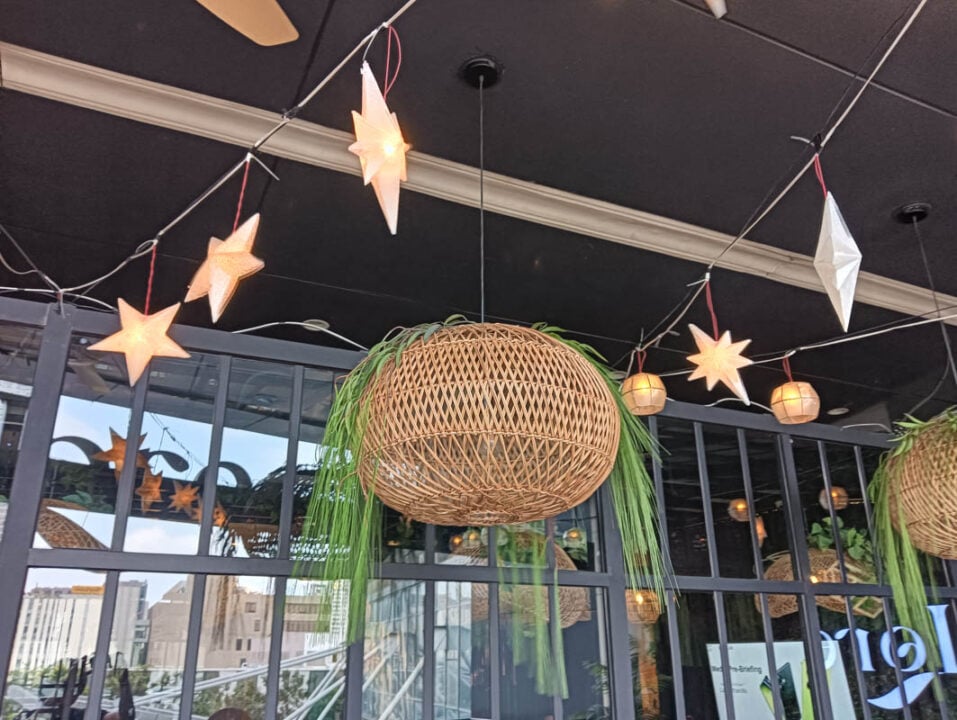



The 50MP f/1.8 primary camera takes 12.5MP photos after pixel binning. Photo quality is serviceable at best. It shows its chops when snaps are taken with good lighting. Color is somewhat neutral without any significant postprocessing in the background but there is a bit of sharpening at work. Dynamic range is usable but there are times that it will either overexpose or underexpose the subject to compensate.
The main camera’s performance takes a large dip when on low-light scenes. Even just a bit of shade will tank the quality of photos. The camera introduces quite an amount of noise to get proper exposure. Details are soft but thankfully colors are still well-rendered.

An 8MP f/2.0 front-facing camera is present to take selfies. By default, it has an aggressive filter that smooths out skin. We recommend toning down its selfie settings to get a more natural look with photos.
Photo quality reflects that of the main camera. Selfies taken in natural light or well-lit environments come out good but introducing shade or dimly-lit environments introduces quite a bit of noise into photos. Dynamic range is also hit or miss with overblown highlights at times.

A MediaTek Dimensity 700 chip is the beating heart of the A78 5G complemented by 128GB of internal storage and 8GB LPDDR4X RAM. The chipset also provides 5G and WiFi 802.11ac support for faster wireless connectivity.
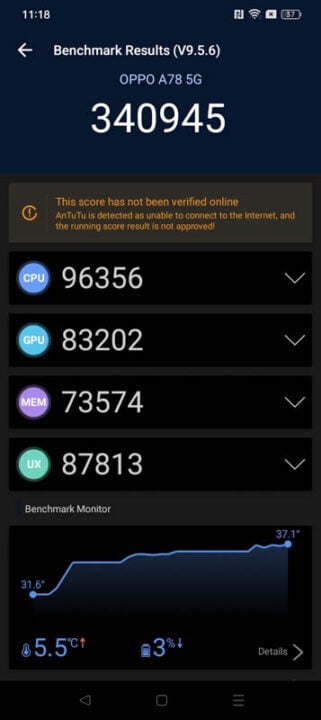


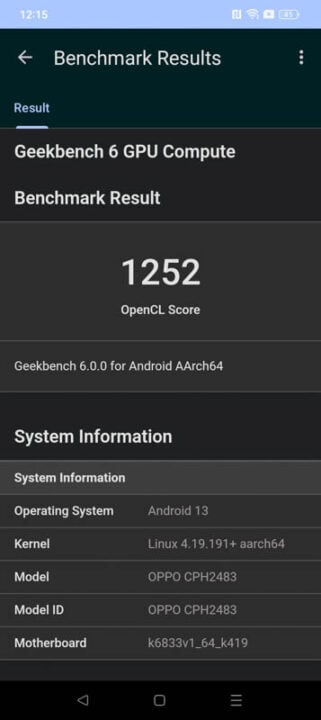
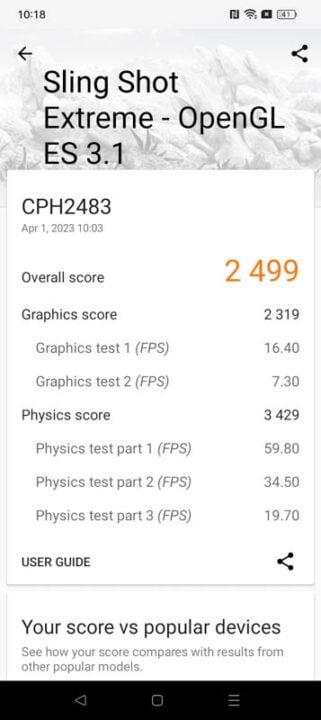
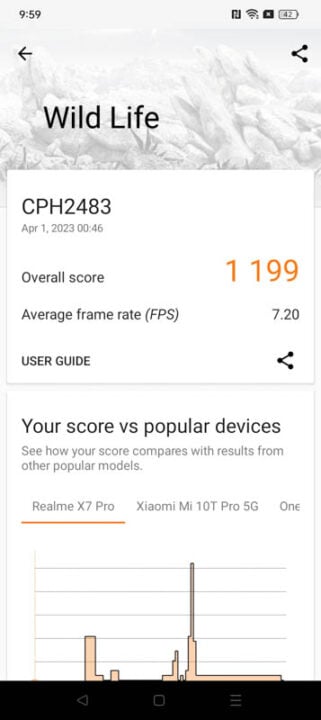
It only has two Arm Cortex-A76 big cores running at up to 2.2GHz and six Arm Cortex-A55 little cores. Canned benchmark performance is nothing out of the ordinary at only 340,000 in AnTuTu and 7,645 in PCMark Work 3.0 but the smartphone runs smoothly on normal use.
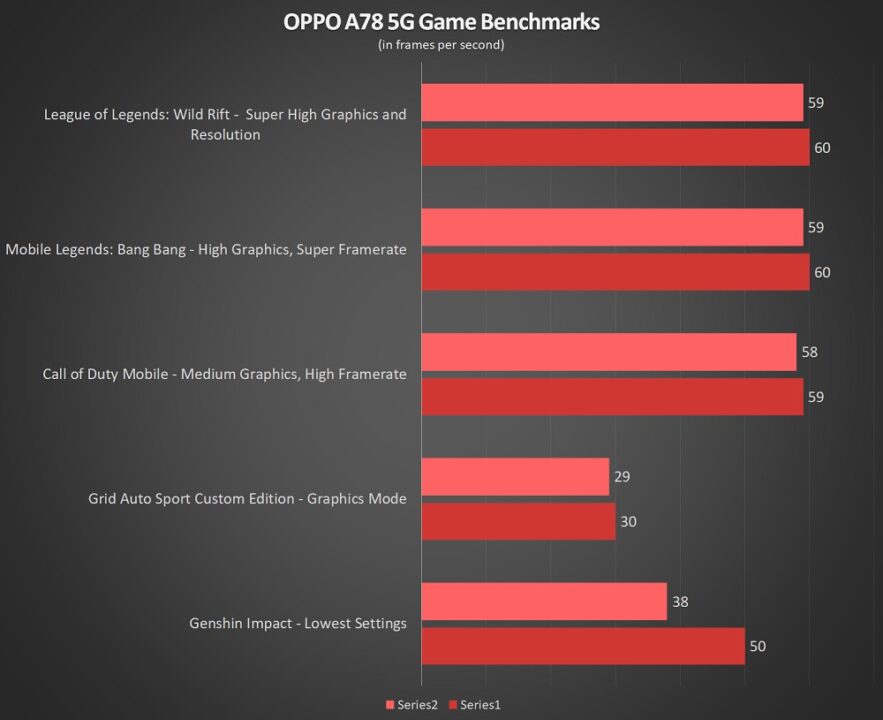
Gaming might not be the best on paper with only a Mali-G57 MC2 GPU in 2023 but the 1612 x 720 resolution helps with the performance. Mainstream titles run at a steady 60fps with minimal dips but none of them had 90Hz support for the device. Genshin Impact runs smoothly at more than 30fps at minimum but settings are dropped to the lowest preset.

A 5,000mAh battery powers the OPPO A78 5G, which is the standard capacity for midrange devices nowadays. Battery life is fairly long since it is paired with a low power chipset and a sub-FullHD+ display. Based on medium use connected to WiFi and 5G with occasional gaming and videos, we were able to last a full day and a half with the device. PCMark Work 3.0 puts it at 15 hours and 40 minutes with medium brightness and volume.
Midrange smartphones have stepping up their charging speeds recently. With the A78 5G, OPPO is using their 33W SuperVOOC charging technology that fills the battery from 5% to 100% in just an hour.

The OPPO A78 5G is somewhat of a mixed bag. There are some highlights like its long battery life, fast charging times, good looks, solid feel, and 5G connectivity. Cameras are decent in good lighting but that’s not always the case in actual usage.
Performance is good for most cases but falls behind other chipsets when it comes to pure numbers. Gaming should be okay in mainstream titles and is helped by the sub-FullHD+ resolution. Speaking of the display, there is good color coverage and rendition but its low resolution and IPS panel brings the experience down from the FullHD+ and AMOLED screens on smartphones in its midrange price point.
There is some good to be found on the OPPO A78 5G. If you like ColorOS, OPPO’s ecosystem, and 5G connectivity, then it will be a decent enough smartphone with premium looks. But for those wanting more, perhaps other options are available in the market.
The OPPO A78 5G is priced at PhP 14,999 in the Philippines. It is now available via OPPO’s flagship Lazada and Shopee online stores and authorized retailers nationwide. The smartphone can also be had via 0% installments plans through LazPayLater for 45 days, Shopee’s SPayLater at 3 months, Home Credit up to 18 months, and all major credit card for 6-month or 12-month payment plans.
